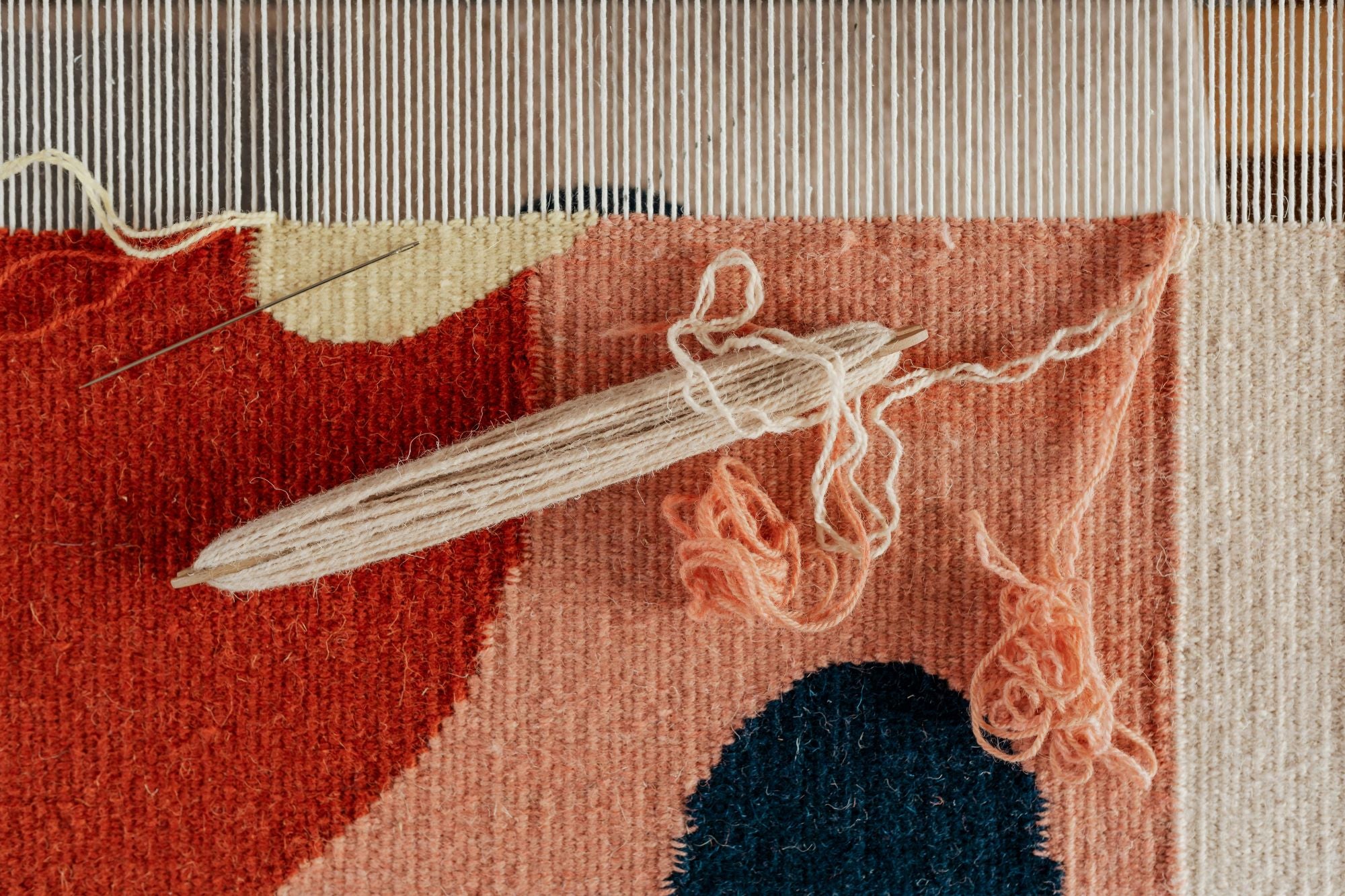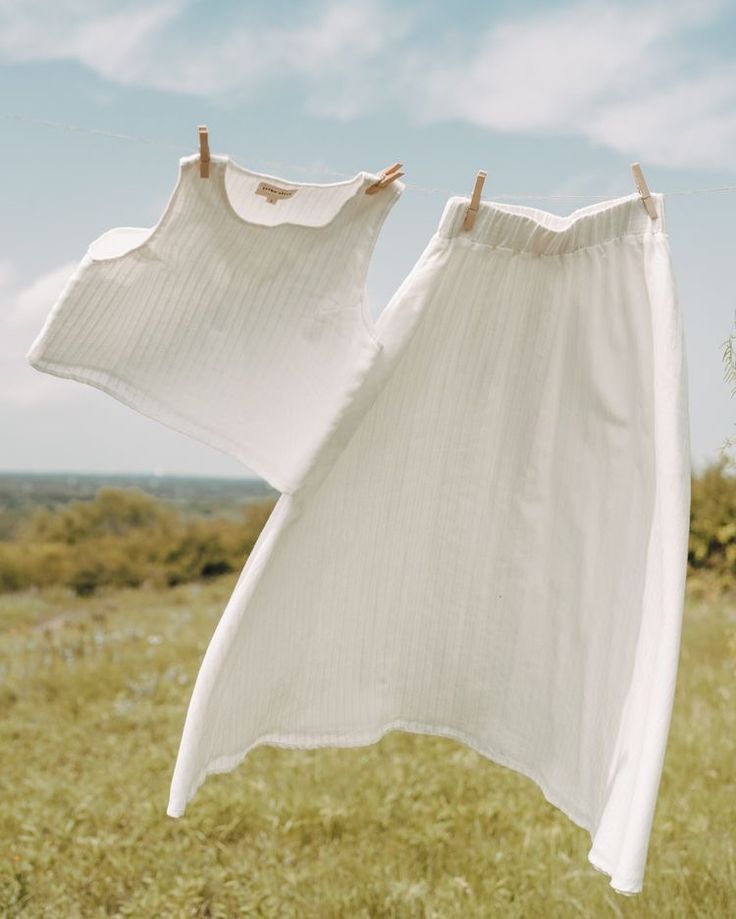Do you frequently consider asking yourself whether the material you are investing in is worthwhile? Have you debated over Tencel or cotton? If you're the one who is confused between Tencel lyocell and cotton, and thinking which will last longer? Then let me assure you that there's no need to worry. In this post, we'll discuss the pros and cons of Tencel Lyocell and Cotton and show you which one could be the most beneficial choice for your needs.
Heard of Tencel Lyocell but not certain what it is.
Tencel Lyocell is a brand name for a type of fabric made by the Austrian company Lenzing AG.
Most often found in eucalyptus trees composed of cellulose fibres that are made from wood pulp. the Tencel Lyocell fabric is environmentally friendly fabric.
Feels soft against your skin, renowned for its silky texture and softness.
The process of Tencel Lyocell production is more eco-friendly than the other fabrics made of synthetic. Dissolving the wood fiber, and then transforming it into fibre is not harmful to solvent water that is recycled or reused.
The product is highly praised for its extraordinary properties such as the ability to breathe, moisture wicking and lightness. It is similar to silk and has a sheen that improves its appearance.
Its qualities make it a preferred option for home and clothing textiles.
A Closer Look to Cotton
Cotton is derived from the seed of the Gossypium plant. It is widely used in textiles. The traditional method of planting, weeding, and harvesting was done by hand.
The technology of today has transformed the way we farm cotton. Modern machines are able to handle the planting, fertilizing, as well as harvesting. Precise agriculture can make these jobs more efficient. Mechanical ginning is a method of separating fibres from seeds. Automated processes then card spin, spin, as well as weave. This efficiency boost will also increase the quality of the fabric. The shift from manual methods to mechanical ones has significantly increased the efficiency of this industry.
Comparison between Tencel and Cotton
Tensile strength
Tencel: Tencel has a greater strength and fibre. It is more durable when used in high-use situations. It is resistant to breaking and tearing.
Cotton: Cotton is a fibre that is weak and may break when used in situations of heavy use.
Wear and Tear
Tencel: Tencel is more resistant to use and maintaining structure and appearance with time.
Cotton: Cotton can be damaged and deteriorate more quickly when regular use.
Wrinkle Resistance
Tencel: Requires less iron and maintains an attractive appearance.
Cotton: Cotton requires more maintenance to maintain its wrinkle-resistant properties.
Shrinkage
Tencel: Keeps shape and size after washing Excellent resistance to shrinkage.
Cotton: Needs careful washing as it tends to shrink after washing.
These factors of durability show the fact that Tencel surpasses cotton in terms of performance.
Eco-friendly Showdown of Tencel Lyocell
- Closed-Loop Production: Recycles almost 90% of solvents and water and reduces the waste.
- Biodegradable: Break down naturally and reduce the impact on landfills.
- Reduction in Chemicals: Made with less toxic chemicals, it reduces pollution to the environment.
- Green Carbon: more energy efficient which helps reduce greenhouse emissions of gases.
- Green Sourcing: It is constructed from sustainably sourced wood pulp mainly from beech, eucalyptus and spruce.
Care Instructions
- Make use of mild detergents instead of bleach.
- Wash with a temperature of about 30 degree.
- Make use of cold water instead of hot water.
- Do not overwash because Tencel is a fabric that is fresh for a longer period of time.
- It is important to store your items in an area that is dry and cool.
- Prefer dry cleaning over ironing.
When we wrap the fabric in a face-off we can see it's clear that Tencel Lyocell as well as cotton both bring something unique for the tables. With its exceptional durability and environmental reputation, it's an option to consider for those who are looking for fashion and sustainability. When you're making your next investment in textiles take these suggestions to help you make a decision that's practical as well as green.




